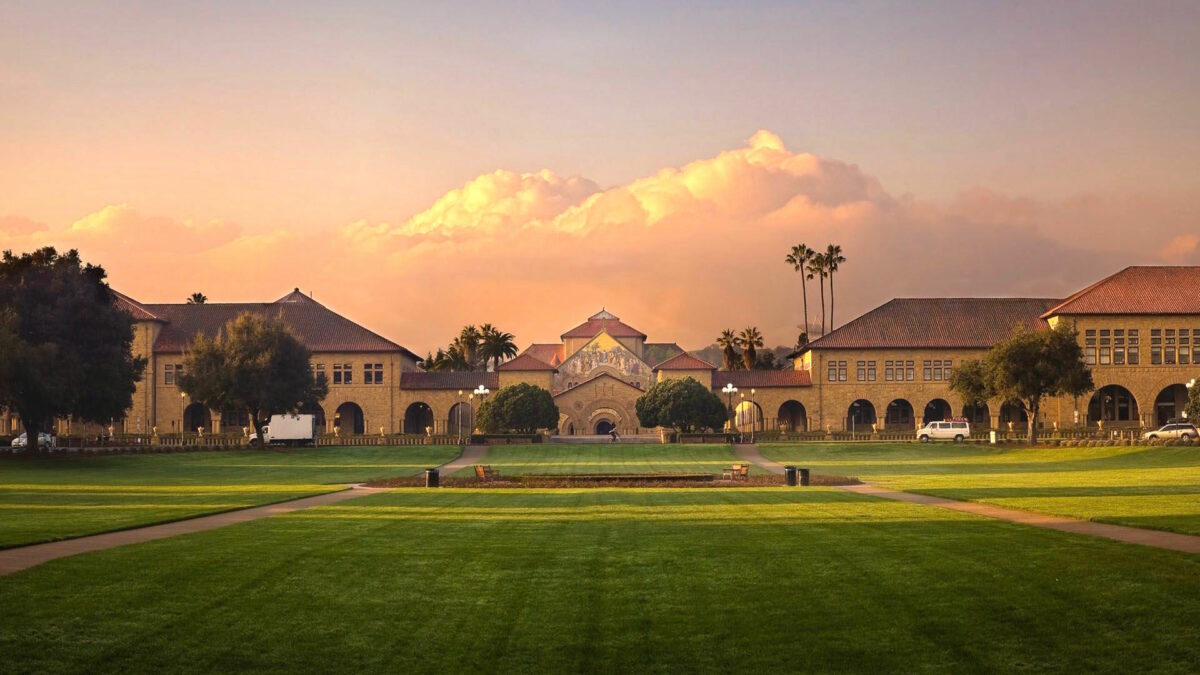
June 24, 2019 – Stanford University, whose $20+ billion endowment ranks as one of the largest in the nation – has submitted a counter-offer to Santa Clara County officials in an effort to get approval for a general use permit to expand its student housing and campus footprint.
The headline is impressive – $4.7 billion for the benefit of local housing, transportation and public school benefits over approximately 20 years, roughly broken out as follows:
- $3.4 billion to construct over 2,000 workforce housing units and about 575 below-market-rate housing, the latter of which will be front-loaded (this does not include student housing, which will also be constructed under the original plan submitted by Stanford)
- $1.1 billion in transportation improvements, sustainable commuting programs and other community projects to “address critical pressures facing the region”
- $138 million “community benefits package” to the Palo Alto Unified School District (“PAUSD”)
Stanford President Marc Tessier-Lavigne said:
“The Stanford community is confronting the serious regional challenges of affordability, housing availability and traffic congestion, and we’re working to do our part to promote solutions that serve Stanford and our neighbors, This offer reflects our values as a residential university committed to sustainable development and service to the community.”
Public Service or Self-Gifting?
For cynical journalists and investors, the brazen self-serving nature of Stanford’s proposal should be apparent.
For decades, the Stanford effect on housing prices has driven out thousands of low and middle-income Californians who aren’t consulting for VC funds or earning $150,000 as a junior Economics professor.
Not to begrudge Stanford’s – or Silicon Valley’s – success, but any junior Economics professor would tell you that absent of a black market, changes in the price of inputs (like, housing) impact the entire value chain.
As the 4th largest employer in the county (behind Apple, Google and the county itself), Stanford, like large technology companies, is not immune to escalating personnel costs in the valley. High rents and mortgage payments contribute to higher break-even compensations for employers.
Taken in that context, Stanford’s multi-billion dollar housing offer can almost be described as buying a dress for your identical twin – with the intention of using that dress for yourself. It’s worse than re-gifting. It’s self-gifting – wrap, ribbon and bow included!
The vast majority of residents – Stanford would have us call them “beneficiaries”? – of the 3,000 new housing stock (that would be the aggregate of employee and affordable units) would end up working in Stanford. Even if the housing perk does not result in a decrease in total gross compensation paid by the university system, the availability of housing would certainly improve Stanford’s ability to attract workers and younger academics.
Likewise with infrastructure improvements. As the owner of lands adjacent to the current campus, Stanford would have always picked up the tab of “light infrastructure’ improvements the university scopes out. Yes, a robust commuting program would indeed help “…address critical pressures facing the region…”. Stanford’s press release just didn’t finish the sentence which should have ended with “in their commute to the university”.
Last we heard, condos don’t install finishes and improvements to the building and represent that such installations were for the benefit for the public – unless they received a subsidy, which is a different matter altogether. When a condo is given a make-over, the appraised value often increases and condo owners actually pay more taxes to the local government.
Which brings to bear one sticky detail, as a tax-exempt institution, Stanford pays very little direct taxes (as a percentage/value) to local municipalities.
Finally – the icing on the cake. Stanford is valuing its “community benefits package to the Palo Alto School District at $138 million. The bulk of which will be used to defray educational costs for students living in tax-exempt Stanford housing. Remember, more students in Stanford housing translates to less property tax revenues for city and county.
Stanford calls its new proposal an “unprecedented commitment” with the “largest” investment in housing and transportation in “its history”.
The sentence may be 100% factually correct, but only hints at the heart of the issue – that Stanford despite all its largese pays very little direct taxes to the county and local districts.
While municipalities drowning in unfunded pensions and retiree healthcare costs, Stanford and her $20+ billion endowment are sitting pretty alongside its paltry 15,000 student body and 2,000+ faculty writing for the Financial Times, consulting with McKinsey and analyzing voter demographics for ambitious U.S. senators running presidential campaigns.
Institutions like Stanford haven’t paid their full costs, contributing to dwindling governmental budgets at a time where more Americans insist governments broaden social services, provide “universal” coverage in health, insurance and even jobs; and pursue greater socio-economic justice to combat racial inequities.
An enlightened Board of Trustees should certainly agree that these progressive goals are laudable goals, so Santa Clara county officials need to be a lot more insistent that Stanford puts serious money on the table to kick-start the better America its faculty and student body aspire to.
Read the Stanford news release here.
Contact Lisa Lopez at LisaLopez@BuyMuni.com.


